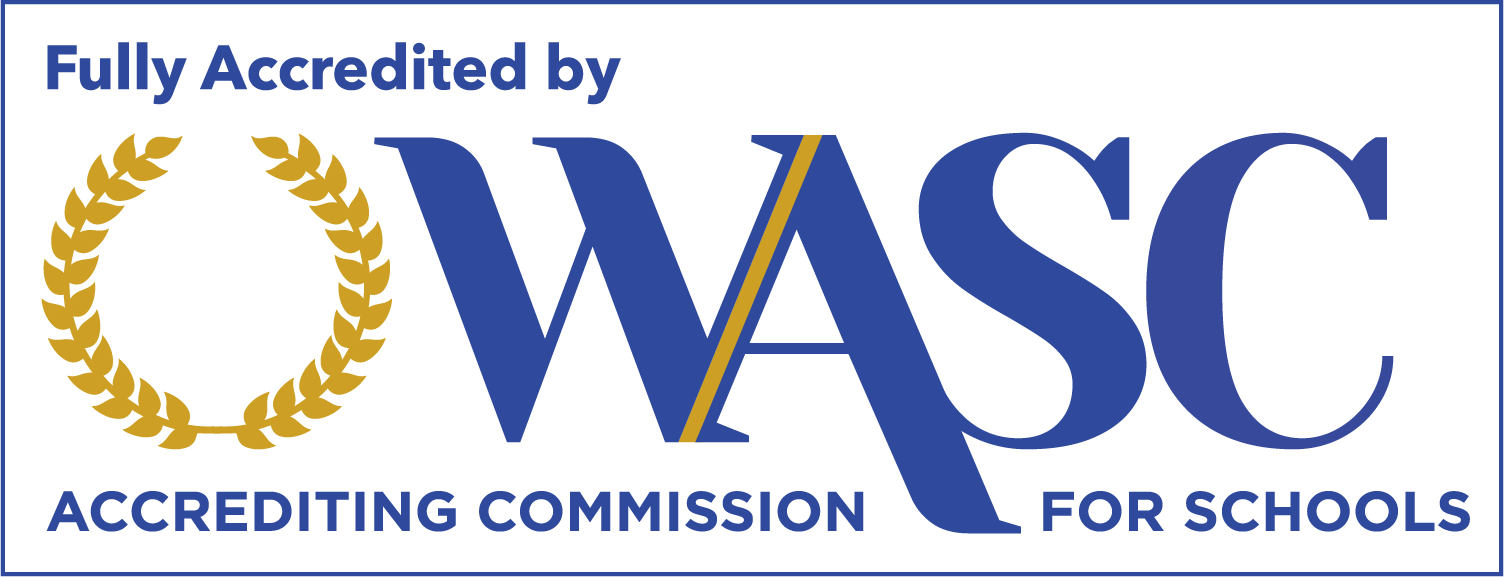What is Surface Dyslexia?
Dyslexia is a learning disorder that affects reading and spelling abilities. The condition does not affect every person the same way and has various subtypes with different characteristics. One such distinction is surface dyslexia, otherwise known as orthographic dyslexia.
Surface dyslexia is characterized by difficulty reading words with irregular spelling. While individuals with typical dyslexia struggle with phonological skills, those with surface dyslexia possess phonological skills but have difficulty decoding words that do not adhere to usual phonetic rules. As a result, individuals with this condition face fluency challenges when encountering irregular spelling words.
Characteristics of Surface Dyslexia:
Reading:
The critical feature of surface dyslexia is the struggle to read or spell words that do not sound as they look. For example, words such as “have,” “yacht,” and “colonel” are non-phonetic and are, therefore, trouble areas for people with surface dyslexia.
Spelling:
Both reading and spelling skills are impacted by surface dyslexia. Spelling irregular words is extremely difficult, which, as a result, can hinder written expression. Academic progress can suffer, especially once the person reaches grade levels where irregular spelling and reading are common.
Phonological Awareness:
Unlike those with typical dyslexia, those with surface dyslexia often have exceptional phonological awareness. They will likely be able to isolate and blend sounds well and show competence in both reading and spelling when given words that follow phonetics.
Visual Recall:
A person with surface dyslexia will struggle with recognizing irregular words, even if they have previously decoded them. Their visual recall skills are limited, so they may have to slow down and decode unfamiliar words.
Surface Dyslexia vs. Typical Dyslexia
Understanding the difference between surface and typical dyslexia can be done through the “Dual-Route Model.” The Dual-Route Model of reading shows the framework for how a person uses their skills to read. There are two routes: the phonological route and the orthographic route. Orthographic refers to the conventional spelling of a language or spelling rules. While surface dyslexics and typical dyslexics are weak in the orthographic path, those with surface dyslexia excessively rely on the phonological route. This causes problems when recognizing irregular words.
Treatment for Surface Dyslexia
To tackle the symptoms of surface dyslexia, focusing on developing the orthographic retrieval system is vital. However, many of the techniques used to work on typical dyslexia are also essential to use for surface dyslexia, such as a multisensory approach and practice with reading fluency.
Orthographic training includes lessons on spelling rules, ways to recognize and remember them, and practicing visual memory and quick word recall. Approaches to learning spelling and reading rules should not be sudden and overwhelming. Great care should be taken to work on one spelling rule slowly and only move on once the rule is fully understood and can be used in practice. The order of spelling rule introduction is essential- they should start simple and build upon each other. Spelling rules that require multiple spelling strategies should be introduced after the student shows proficiency in all previous orthographic patterns.
A multisensory approach is helpful for both typical and surface dyslexia. However, these approaches should be tailored to fit the student. If the student has surface dyslexia, they likely do not need intense phonics instruction, a significant portion of many multisensory approaches. Instead, the program should focus on the student’s weaknesses and include multisensory techniques to encourage better retention and understanding.
Practicing reading fluency is vital for both typical and surface dyslexia as well. Reading fluency instruction for surface dyslexia should focus on irregular word recognition through visual recall skills and orthographies. Repeated reading exercises will eventually improve speed and decoding skills.
Conclusion
Surface dyslexia presents a unique challenge in recognizing irregularly spelled words, yet the phonological awareness of those with surface dyslexia hugely benefits their treatment. By recognizing the differences between typical and surface dyslexia, we can address the strategies needed to help people with a unique subtype of this learning disability. By tailoring how students are taught to their strengths and weaknesses, those with special learning needs are given a better chance at excelling academically and beyond.




